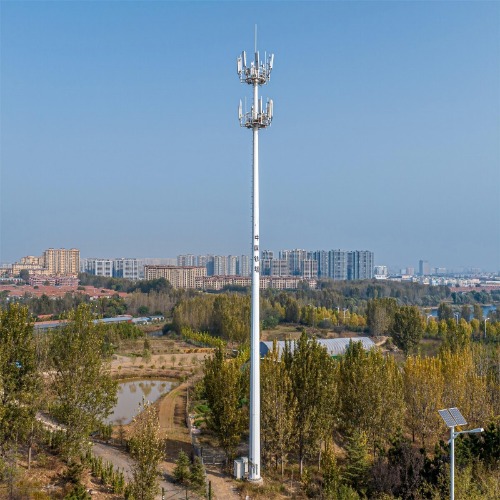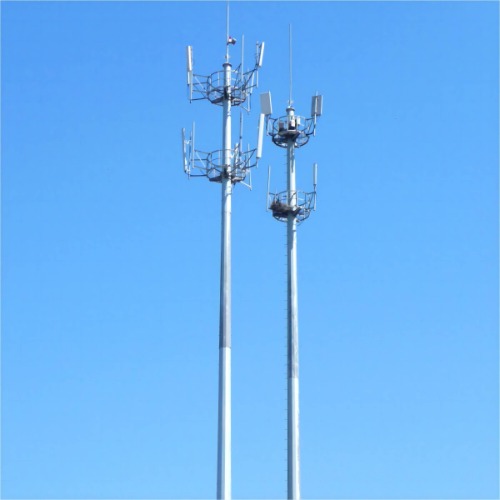Designing a monopole telecommunication tower requires several key pieces of information to ensure a safe and efficient structure. Here are some of the important factors to consider:

1. Load Requirements: Determine the maximum anticipated loads the monopole tower will need to support, including the weight of antennas, transmission lines, and any additional equipment. Consider factors such as wind loads, ice loads, and any specialized equipment requirements.
2. Height Requirements: Determine the required height of the monopole tower based on factors such as coverage area, line of sight requirements, and local regulations. Consider the desired capacity and range of the communication equipment.

3. Site Conditions: Assess the geological and environmental conditions at the monopole tower site. This includes soil conditions, seismicity, wind speeds, and exposure to environmental elements. This information is crucial for determining the appropriate foundation design and overall tower stability.
4. Local Regulations: Familiarize yourself with the local building codes, zoning regulations, and any specific requirements or restrictions related to telecommunication towers. These regulations may dictate setbacks, height limitations, and aesthetic considerations.
5. Structural Analysis: Conduct a structural analysis to determine the appropriate tower design and materials. This involves calculating the structural integrity of the tower under various loads and designing components such as the main pole, bracing, and foundation.
6. Antenna Mounting: Consider the number and types of antennas to be mounted on the tower. Determine the required space, weight, and wind loading associated with each antenna, as this will impact the tower design.

7. Access and Safety: Plan for safe and efficient access to the tower for maintenance, inspection, and installation. This may include designing ladders, platforms, and safety features such as fall protection systems.
8. Electrical and Grounding: Ensure that proper electrical systems and grounding are incorporated into the tower design to meet safety standards and minimize the risk of electrical hazards.
9. Future Expansion: Consider potential future expansion requirements, such as the addition of new antennas or equipment. Design the tower with enough capacity and flexibility to accommodate future needs.
It is important to note that designing a telecommunication tower is a complex task that often requires the expertise of structural engineers, architects, and telecommunications professionals. Consulting with experienced professionals and adhering to local regulations is essential for ensuring a safe and compliant design.